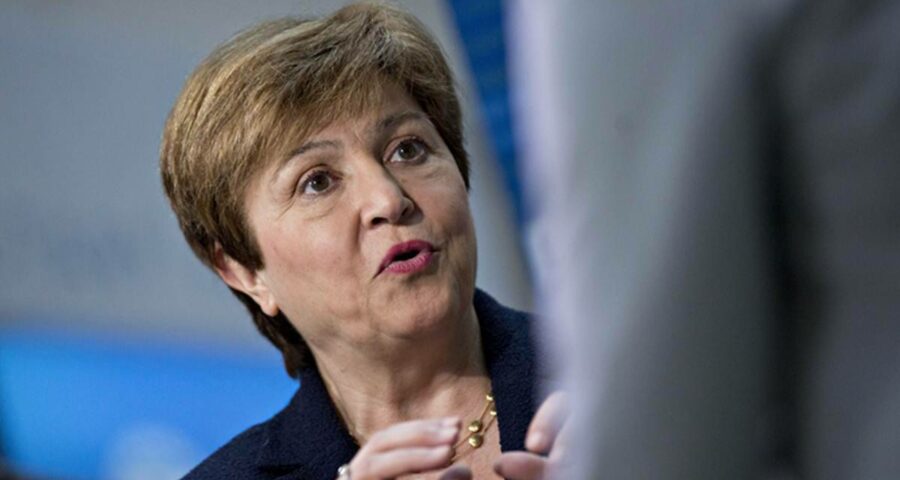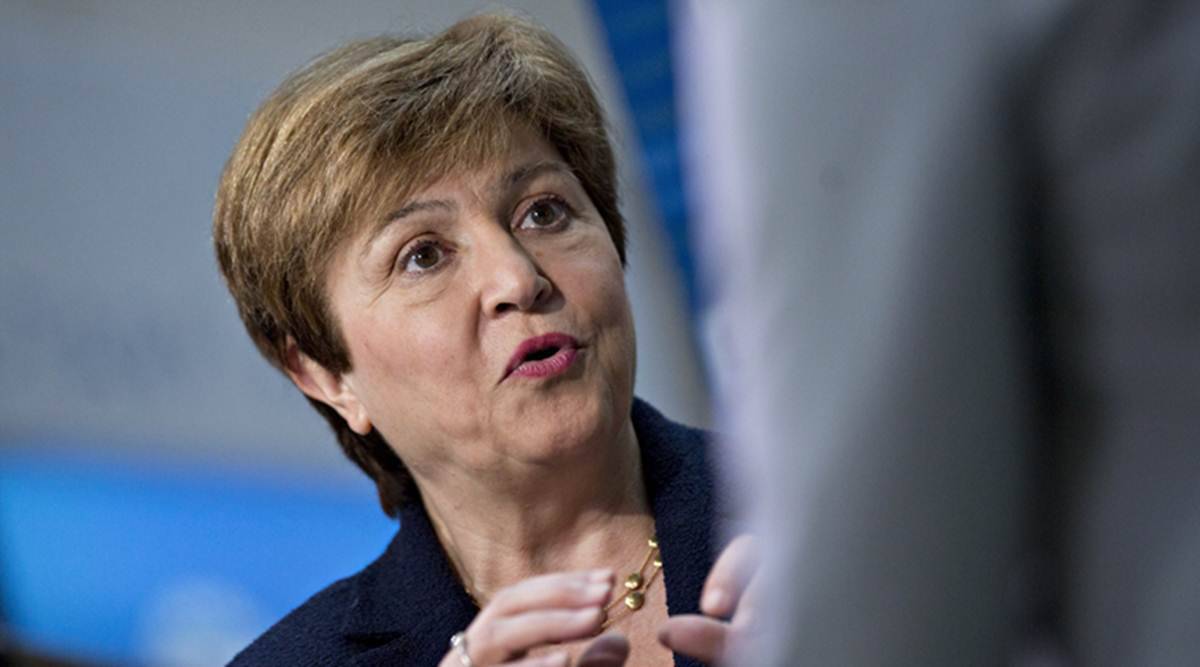The IMF's Poverty Reduction and Growth Trust can currently only lend to the poorest countries, which limits the ability of developing countries with higher income levels to get low- or zero-interest loans from the IMF.
The head of the International Monetary Fund on Wednesday said she would discuss with IMF members whether they back offering low- and no-interestMfinancing to middle-income countries hit hard by the pandemic, not just the poorest countries.
Managing Director Kristalina Georgieva said she was concerned about tourism-dependent and other middle-income countries that had weaker fundamentals and high-debt levels, even before the pandemic, and generally backed adoption of a broader definition of what makes a country “vulnerable”.
The IMF’s Poverty Reduction and Growth Trust can currently only lend to the poorest countries, which limits the ability of developing countries with higher income levels to get low- or zero-interest loans from the IMF.
The United Nations and other institutions have urged the Group of 20 major economies to expand a freeze in payments on official bilateral debt and a new common framework for debt treatments to include such countries, many of which have been hit hard by the pandemic and its economic fallout.
G20 finance officials on Wednesday backed a $650 billion expansion of the IMF’s emergency reserves, or Special Drawing Rights, which richer IMF members will be able to loan to the IMF’s PRGT to help the poorest countries.
Georgieva said the IMF expected to finish work on a formal proposal for the $650 billion SDR allocation by mid-June, and was also working on ways for IMF members to lend their reserves to help poor countries.
She said it was “realistic” that members could access the expanded reserves by mid-August, but declined to estimate how many SDRs would likely be shared by richer countries.
While IMF members can already lend excess SDRs to the IMF’s PRGT facility, there is no formal IMF mechanism in place to facilitate loans to help middle-income countries.
Georgieva said the issue was raised during Wednesday’s G20 meeting, noting a call by Mexico and Argentina for greater debt relief for middle-income countries.
The EU believed middle-income countries should be covered by the G20 Common Framework, European Commission Vice President Valdis Dombrovskis said in a statement to the IMF’s steering committee posted on Wednesday.
He said the framework should become the “standard process for all debt restructuring cases, including in middle-income countries,” and urged the IMF to keep exploring additional tools to serve its members’ needs.
Georgieva said there were other ways to support middle-income countries, but gave no specific details. She said she would discuss with members the possibility of opening concessional financing terms to those countries as well.
Georgieva said her personal view was that the international community should expand its view of “vulnerability” beyond simply income levels to include climate shocks.
“The international community should look into other factors for vulnerability, as we think of appropriate ways to support developing countries, and that discussion is going to be quite intensively going on over the next months,” she said.
While Argentina and Mexico warned of a possible looming debt crisis, the IMF chief said she did not expect a systemic debt crisis at the current time, but the Fund would remain watchful.
Source: Read Full Article


